From Nevers to Roubaix
A year behind the scenes at the toughest race in the world
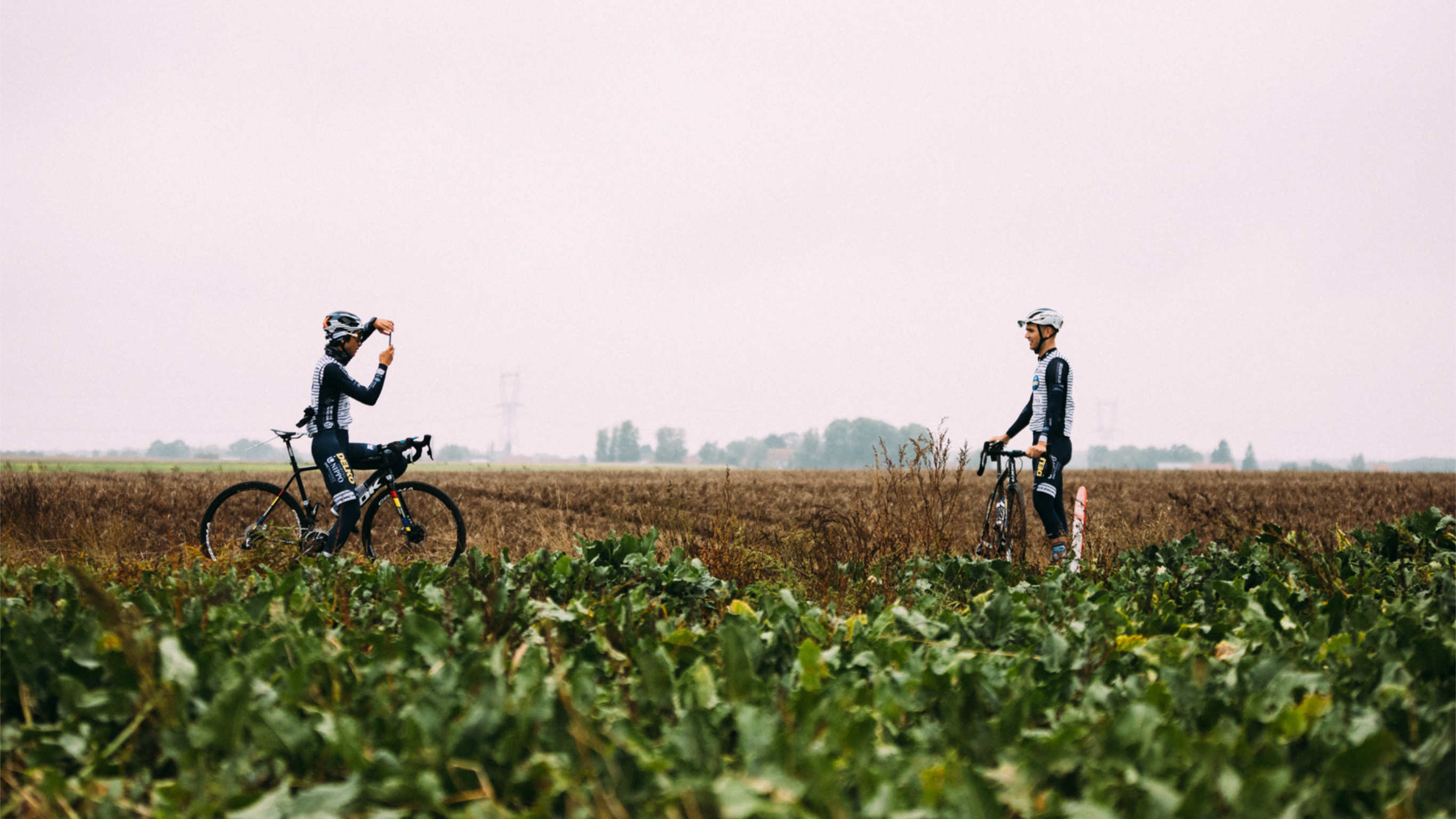
Paris-Roubaix will not take place this year. Postponed and finally cancelled, the most grueling race on the calendar must skip its turn, struck down by the same reason that led to its initial postponement. The pro peloton and all cycling lovers will have to wait until 2021 to once again experience the extraordinary atmosphere of the world's toughest race.
"The world's toughest race" was the answer to a question that popped up in our Nevers production plant one day: "What do you think is the hardest race our LOOK bikes have ever been in?" And for once there was a unanimous agreement: Paris-Roubaix.
Fascinated by performance and anything that allows us to push the boundaries of success, we have taken on many challenges throughout our history. Different teams, different riders, different courses, hundreds of goals and even more hours spent creating, developing and producing the best products to reach them.
Our latest challenge was to support Team Nikko Delko One Provence in their quest to defy the aptly-christened Hell of the North.
From Nevers to Roubaix, we take you behind the scenes to experience a year's preparation for the toughest race in the world.
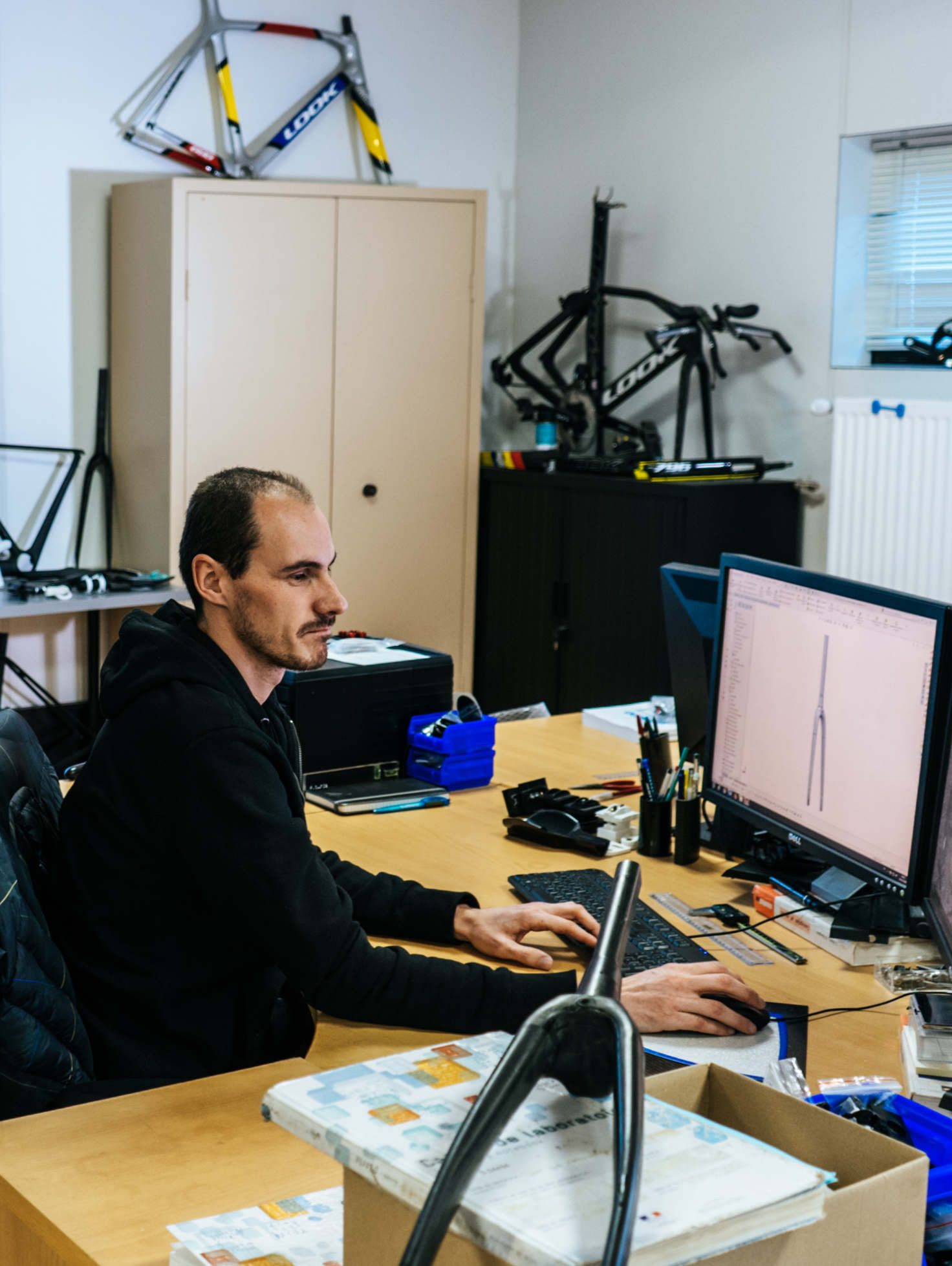
Appraising the challenge
On the sporting front, the riders all seem to agree on the unique character of this cycling monument. Many dream of it, some toss and turn through sleepless nights but all, in one way or another, consider it different to any other race on the calendar.
For Fumiyuki Beppu, it is "the toughest race in the world, with something quite magical about it." Magical perhaps, but that cannot hide the meticulous preparation it requires.
And it is with this preparation that the race truly starts, months before in the cold darkness of winter. Between two sunny training camps, Team Nippo Delko One Provence stops in Nevers with one single purpose: to prepare their weapons for battle.
While a rider is nothing without his bike, it is the manufacturer's job to ensure his needs are understood, and met.
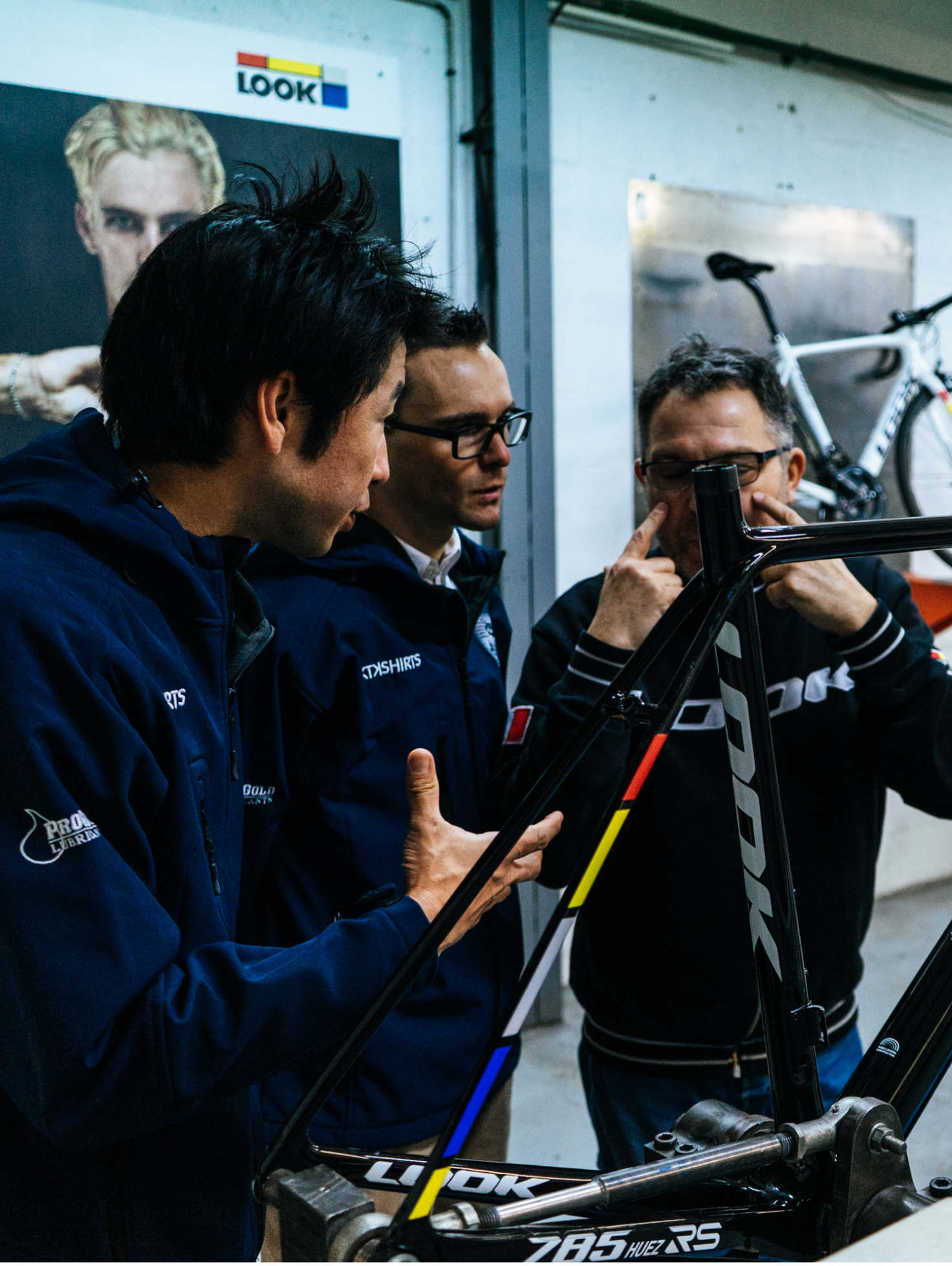
Visit of the LOOK factory
Enjoying a guided tour of the LOOK factories where all our bikes are designed, developed, prototyped and assembled, the riders discover, understand and analyze the production of their machines: the very ones that will help them to fight Roubaix. But that's not all.
Because it is above all an opportunity to meet and discuss key elements with the designers, engineers and technicians. Even though, at the time, Roubaix was still set to go ahead in April, the singular nature of the race means there are numerous factors to take into account. Factors linked to the course and conditions, but also to the riders: their specific requirements, different from one to another, and not always easy to identify.
Switching between the 795 Blade RS and 785 Huez RS throughout season, the challenge at this time of year is to understand how each of these two models are developed. The goal? To identify the one that will allow them to face the trials of the course and draw the very best out of themselves.
Discussions revolve around the design of the bikes, their composition, the thousands of carefully-selected carbon fibers, the assembly processes and everything that must be understood to prepare, in one year, for the challenge of a single day:
"What is true for the men is also true for their equipment. It is a mechanic's nightmare and the ultimate challenge for manufacturers."
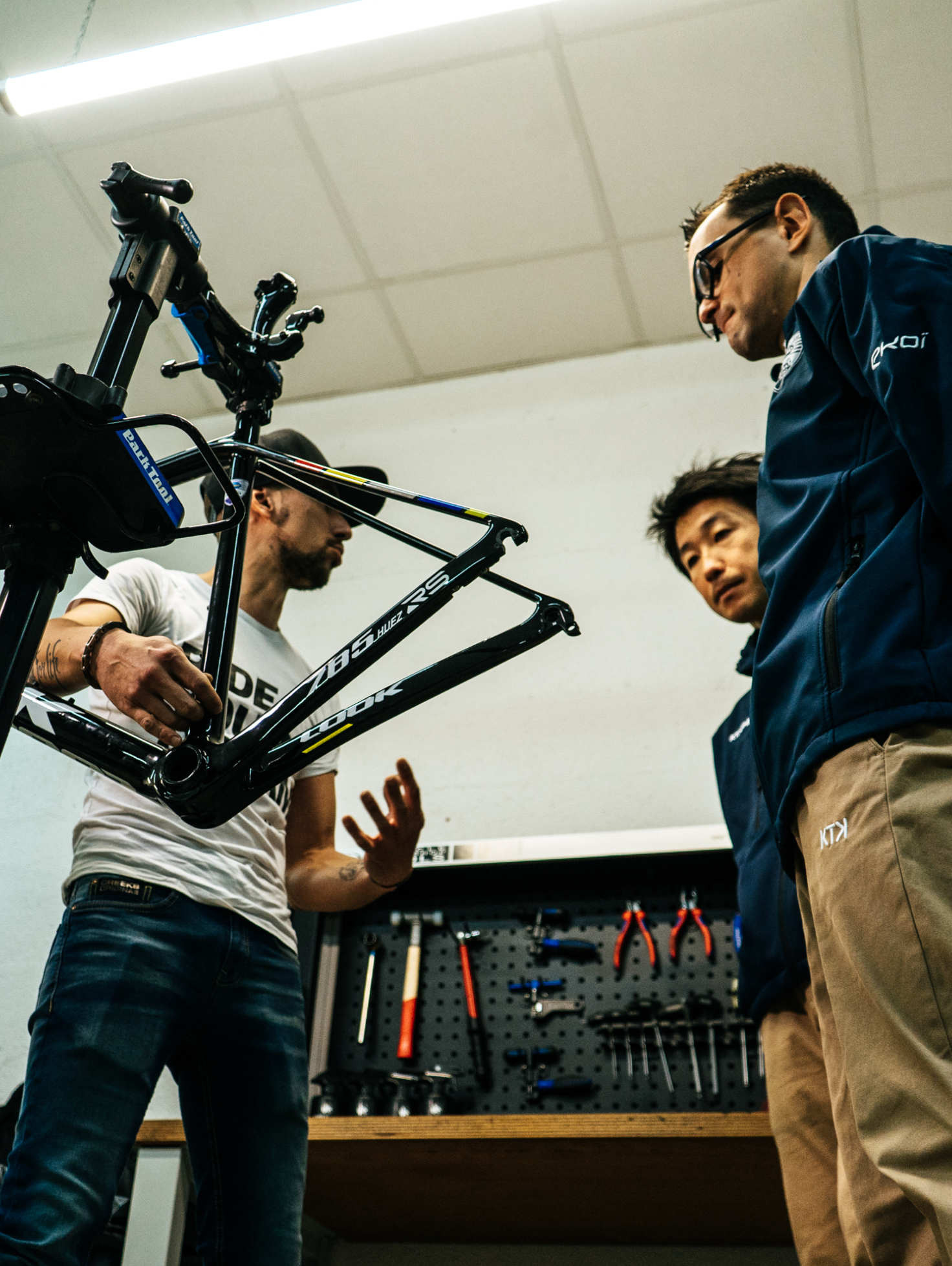
The ideal bike
Adapting more than a dozen team bikes for one single race may seem crazy, yet there are races where only the best will suffice. That is what both Team Nikko Delko One Provence and LOOK Cycle strive for, as sports director Benjamin Giraud explains:
"It is important to invest in this beautiful event, to honor it."
Invest to put together the best possible bike. A bike that is agile. A bike that is comfortable, to not lose even an ounce of performance and efficiency.
This perfect mix exists, yet it is not necessarily the model one might expect from LOOK, nor one of the first frames hanging in the back of the Nippo Delko One Provence service course truck.
For while the riders of the team are used to racing on the 795 Blade RS, the finer tubes of the 785 Huez RS are more maneuverable on the numerous cobbled sectors.
The high and ultra-high modulus carbon layups of the RS frame offer all the stiffness required to tackle the 260km between Roubaix and Compiègne at high speed.
The climbing-oriented geometry is ultimately appropriate, with the longer headtube providing extra comfort and flexibility on the rough roads.
The frame will therefore be a 785 Huez RS, proof that it is possible to find similarities between an hors catégorie mountain climb and the summit of a Northern cobblestone.
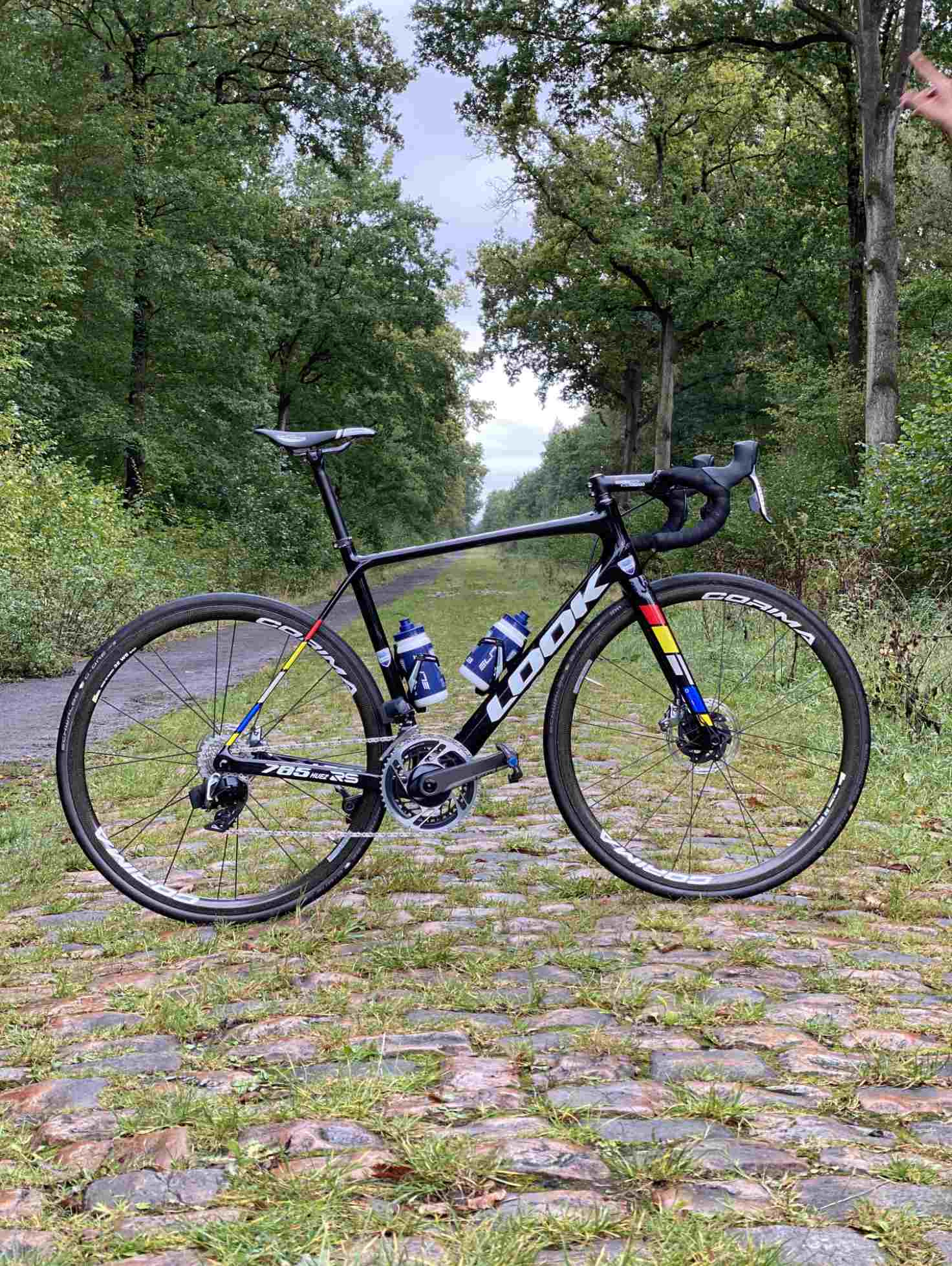
What type of braking to use?
Here again, habits are turned upside down. If the discs bring a much better braking in the rain, the pads remain lighter but also more intuitive for riders who are not used to the discs.
But the Hell of the North requires adaptation, it is not the one who adapts to the riders. So after discussions and research, the bike of Roubaix will be mounted in discs. You have to be sure to keep your balance to hope to see the velodrome, the discs will be a precious help for that.
We advance and the bike of Paris-Roubaix takes shape: it will be a 785 Huez RS Disc, equipped with Corima wheels.
All that's left to do now is to proceed with the assembly... Let's go?
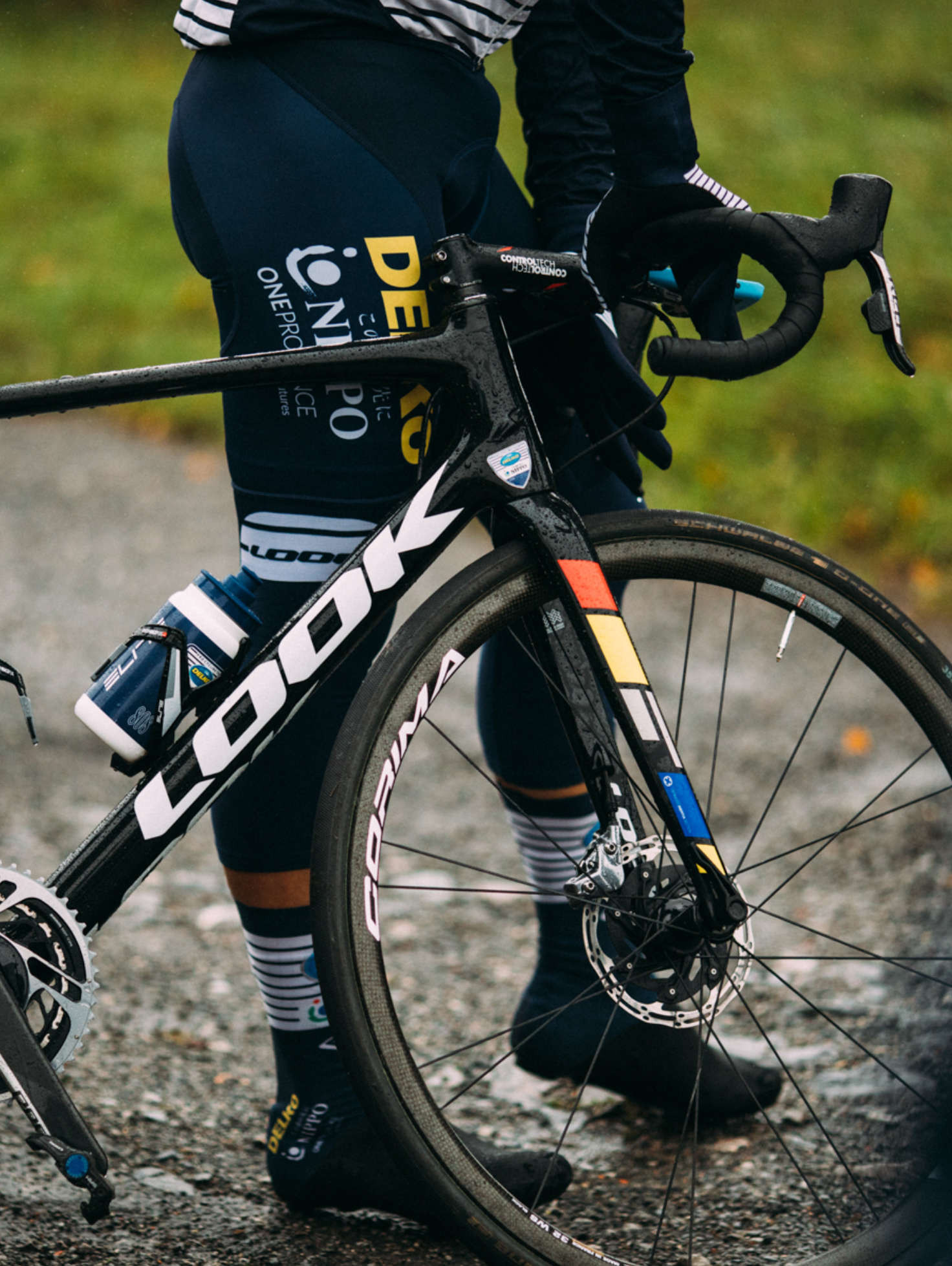
Taking on the race…
A few months later, after an initial postponement of the race and reconnaissance rides, men and machines are ready!
This is the continuation, or rather the culmination, of a project that began months ago in Nevers.
Fumiyuki Beppu remembers: ""I visited the factory in Nevers at the beginning of the year to take part in the development of our bike. The race was postponed but I am still very motivated for this monument.""
The whole team is focused on this final reconnaissance ride, switching spring kit for warmer clothing and adjusting to new priorities.
Sports director Benjamin Giraud puts equipment tests at the top of his list of concerns:
"Equipment is even more important this year because the weather will be even worse in the fall. A lot of mud and very slippery cobbles. That's why it is essential that we test the equipment. It's very technical!"
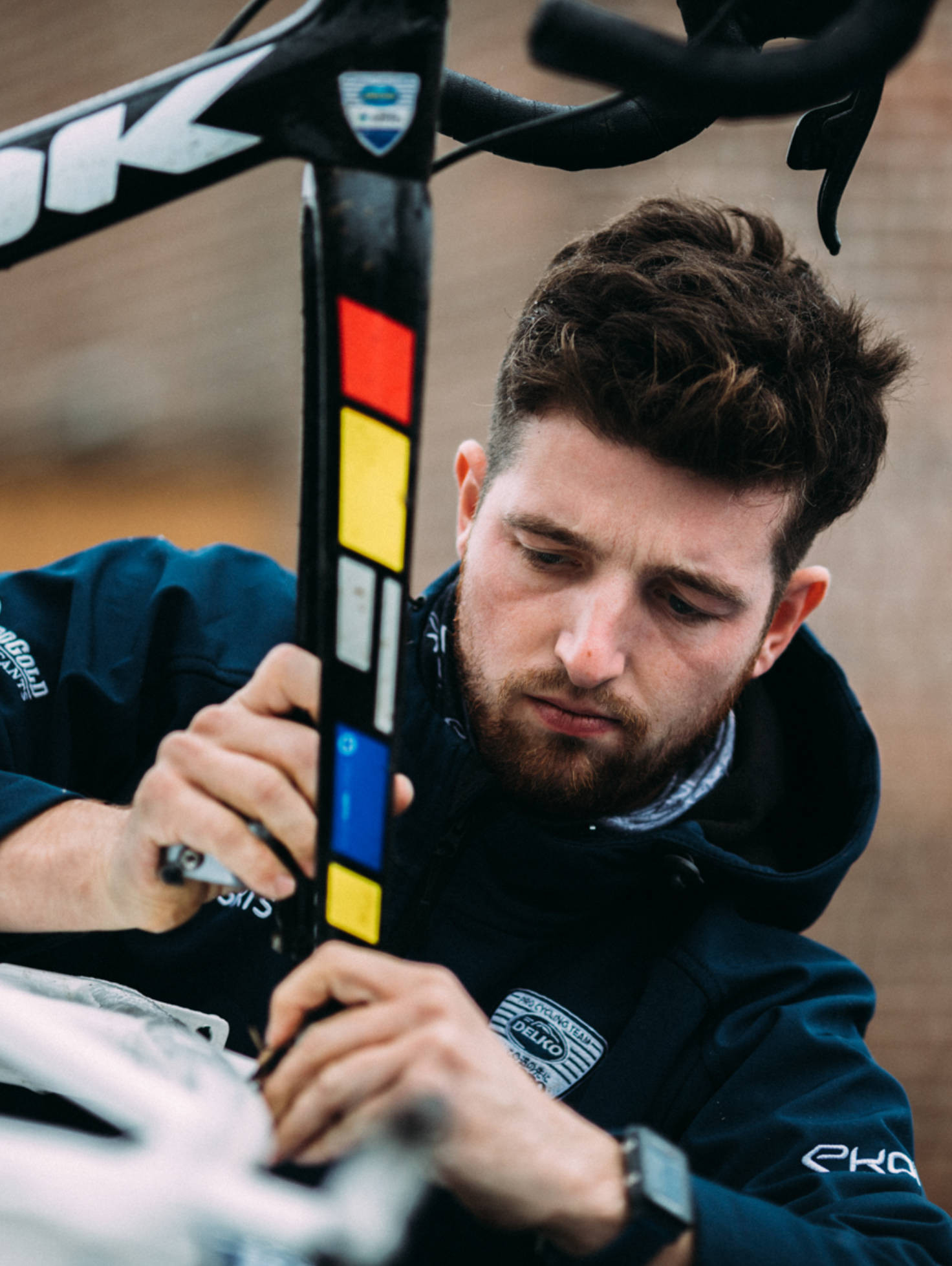
…and the mechanical challenge !
This reconnaissance ride is also the final rehearsal for the men behind the scenes: the mechanics.
"There is always a lot of pressure throughout the year, and even more so at Roubaix for us because it's such a technical challenge," says mechanic Rémy Hoffman.
If the riders must complete the athletic challenge, it is up to the mechanics to master the mechanical challenge.
With the importance of their role weighing on their shoulder all year round, the mechanics know as well as the riders that this is a race like no other. For the decisions made months ago in Nevers add extra work and responsibility:
"Paris-Roubaix is a lot of work. There are many changes, we're swopping to disc brakes, reviewing the pressures, changing the tubular tires, even changing frames!" explains Hoffman.
Every member of the team must adapt, yet all know the common goal and rise to the challenge:
"We're switching to the 785 Huez for a little extra comfort without compromising on performance and reliability. In fact, we had no mechanical issues on the reconnaissance ride this morning, which is really encouraging for the race."
Riders, staff, equipment... all stand ready for the big event!
A few days before the cancellation of the 2020 edition, the sheer presence of this race like no other echoed from the Carrefour de l'Arbre to the Trouée d'Arenberg and back.
An echo that quickly fell quiet as long hours of work and preparation were washed away. The first part of an adventure that will have to wait another few months to be concluded.
One thing is for sure: the hardest is yet to come, but so is the best!
See you next year, Hell of the North.